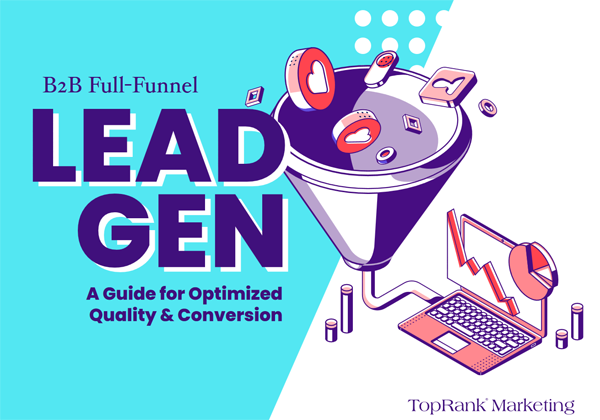How to Create Memorable B2B Experiences for When Your Prospect Is Ready to Buy

By Nick Nelson

The concept of jogging someone’s memory seems, on its surface, like an unscientific and inscrutable undertaking.
Memories and mental associations pop up at random. Right? The smell of a bakery reminds you of grandma’s cinnamon rolls. The color of a street sign invokes your old high school colors and jovial pep rallies. A friend’s choice of words causes you to blurt out a line from a classic comedy movie.
The thing is, these moments aren’t random. The memories are physically stored in your brain, and the scenarios and experiences that took place caused them to trigger in your consciousness.
Understanding this cause-and-effect relationship holds the key to effective B2B marketing that bridges brand with demand and leads to sustainable customer pipelines.
Marketing to future buyers
One of the most critical guiding principles of B2B marketing today – and one that’s been explored deeply by our clients at LinkedIn Marketing Solutions – is the 95-5 rule. In essence, it states that based on the nature of business purchasing cycles, 95% of customers in a given category at a given time are “out-market,” or not actively seeking your solution.
Obviously, that 5% of active “in-market” buyers is in high demand. There is fierce competition for their attention, engagement, and consideration. But if your marketing strategy is overwhelmingly focused on that very small subset of your audience, you’re leaving a ton of opportunity on the table – opportunity to gain a key advantage with those many future buyers.

(Source)
The purpose of today’s article, then, is to explore proven and data-backed ways to gain this advantage. How? By developing a brand content strategy focused on creating positive mental associations, so when your audience moves into a solution-seeking mindset, you’re the first that comes to mind.
4 Ways to Stay Top-of-Mind in B2B Buying Situations
1 — Create positive emotional response
In the 2016 Ipsos Connect report, “Emotion, Attention and Memory in Advertising,” Gailynn Nicks and Yannick Carriou explored the influence and scientific underpinnings of our subject at hand.
“The more consistent and appealing the emotional connections created and the more fitting the brand cues accompanying an emotion-based advertisement,” they wrote, “the more likely they are to be retrieved in the way that the advertiser desired at a suitable ‘relevant moment’. In behavioural psychology this is known as the ‘priming effect’.”
It’s easy to misinterpret what an “appealing” emotional connection is; taken the wrong way, that prompt could lead to a lot of sappy and fluffy content. To generate a positive emotional response, you don’t need to make someone laugh or feel happy (though you can). You just need to resonate.
The B2B Institute conducted an analysis of more than 600 B2B tech ads in the System1 database, and among their findings was this breakdown of creative elements that most strongly correlated with favorable emotional …read more
Source:: Top Rank Blog








